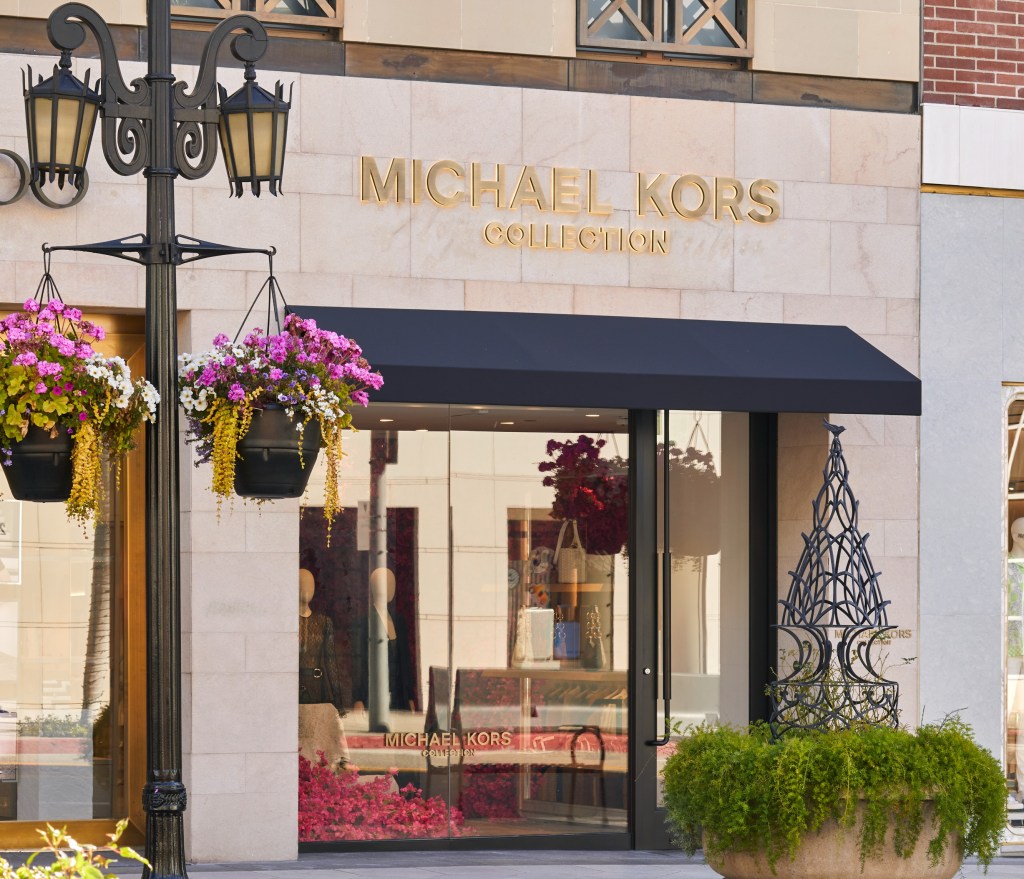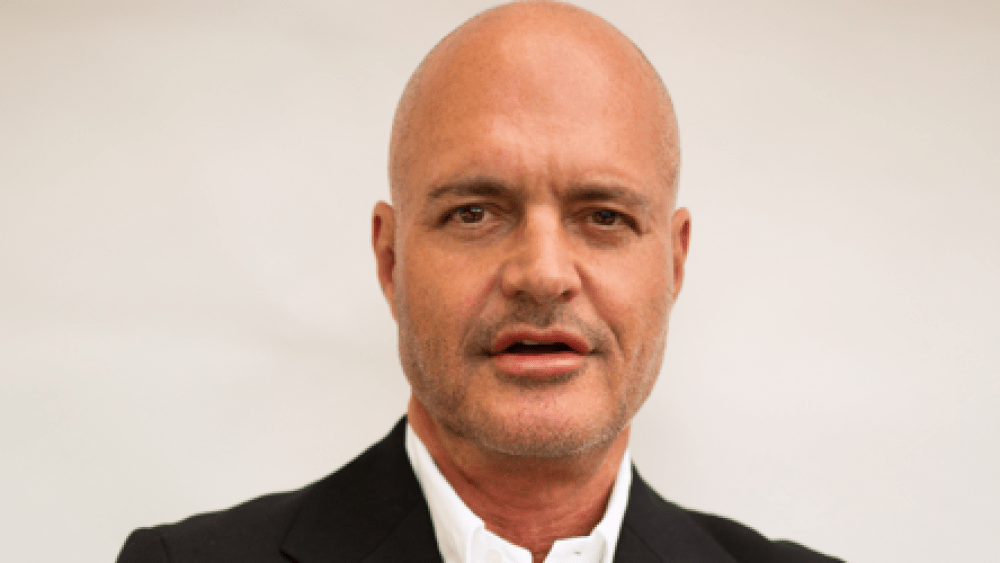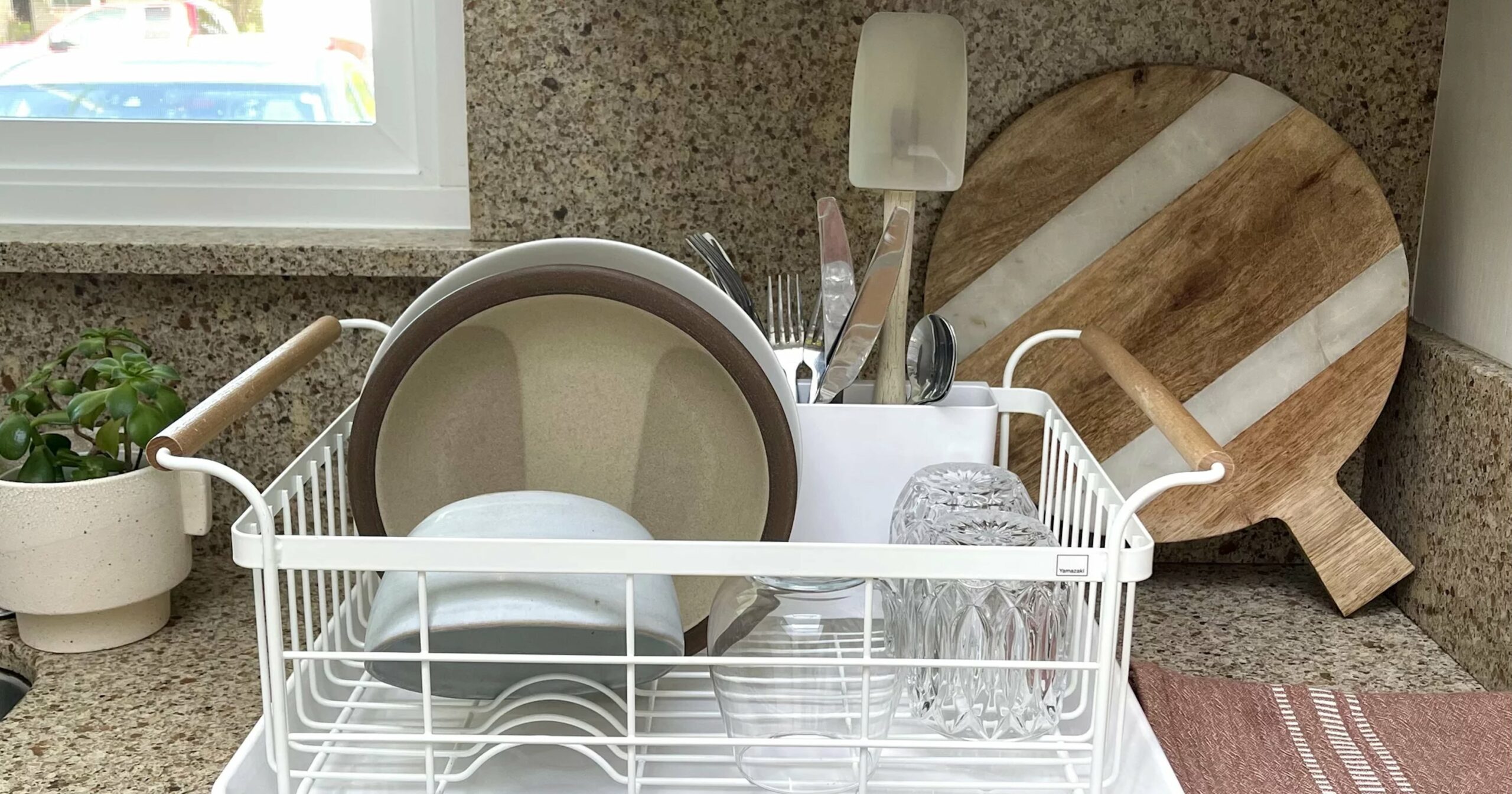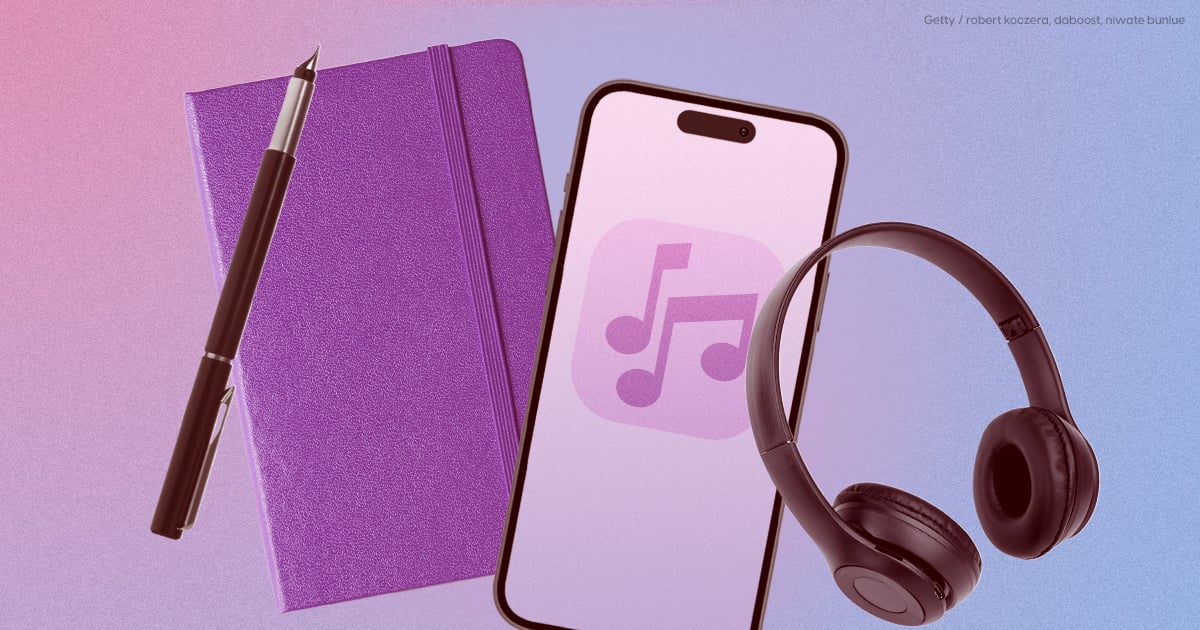After a four-year hiatus, Michael Kors has returned to Rodeo Drive in Beverly Hills.
On Thursday, the brand opened its doors at Two Rodeo Drive, the winding cobblestone street that looks like a narrow thoroughfare airlifted from Europe. Retail neighbors there include Tiffany & Co., Jimmy Choo, Versace and Brunello Cucinelli.
The 1,500-square-foot Michael Kors Collection space features the runway collection of ready-to-wear, handbags and footwear.
Rodeo Drive had been a longtime hangout for Kors, who in 2004 unveiled a 3,500-square-foot nameplate at 360 North Rodeo Drive. “I’ve always loved Rodeo Drive. Even as a kid, when my family moved to Beverly Hills in the ‘70s, I thought it was heaven on earth,” the New York designer said in an email. “It’s the epitome of luxury and glamour, but with that California cool attitude.”
The new Michael Kors location marks the North American debut of the brand’s new store concept. It is a smaller, sparer space that has an inviting residential feel and shines a spotlight on the craftsmanship and design of the collection.
Kors noted that the retail world, including his own, has changed in recent years with more customers viewing products online and then coming to see them in person. “By the time people get to the store, a lot of them have seen the clothes on their phones — whether they watched the runway show, saw it on a celebrity or on our own Instagram. But it’s not the same as seeing it up close, of feeling the quality and the craftsmanship and falling in love with something you’ll have for years to come,” the designer shared.

The new store is more than 50 percent smaller than the one that closed in 2020 and has a more laid-back feel. “Life is so busy now that when you step into our stores, we want you to feel like you’ve escaped that hustle and bustle for a few minutes,” Kors said. “It’s refined and luxurious and a place where you really want to spend some time and experience that thrill of discovery you can only get when you’re in a store.”
Entering at street level, shoppers will find key accessories at the entryway. Venturing farther in at a slightly lower level, ready-to-wear is displayed around the perimeter in ceiling-hung apparel bars and accented with dramatic marble tables running the length of the store. There are also more accessories displayed in this area and a footwear salon at the rear.
Michael Kors has more than 800 stores worldwide, but just 14 of them carry the Michael Kors Collection. Six of those are in North America, five are in Europe, one in the Middle East and two in Asia.
Michael Kors started his career at Lothar’s, the trendy clothing boutique on West 57th Street in New York, where he designed a collection for the boutique and was discovered while merchandising its windows by Dawn Mello, then fashion director at Bergdorf Goodman. Mello encouraged the Fashion Institute of Technology student (he left after nine months) to put together his own collection, which was subsequently picked up by Bergdorf’s and ultimately provided the starting point for his career.
His label launched officially in 1981 when he was 21, with an 18-piece collection of white crepe de chine dresses and streamlined leather separates for the resort season.
Over the years, the company has grown and evolved. In 2011, Michael Kors Holdings made its Wall Street debut as a publicly traded company. In 2017, it acquired the Jimmy Choo label in a deal worth $1.2 billion, and a year later it bought the Versace label. With that, Michael Kors Holdings was renamed Capri Holdings.
Currently, Tapestry Inc., whose labels include Coach, Kate Spade and Stuart Weitzman, is in the process of buying Capri Holdings for $8.5 billion. But the deal needs to be approved by various government regulatory entities. It has gotten the go-ahead in Europe and Japan and is waiting for the U.S. Federal Trade Commission to sign off.



